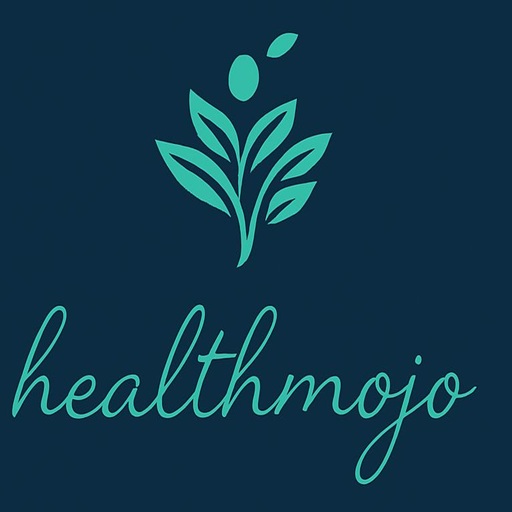Endometriosis and Polycystic Ovary Syndrome (PCOS) are two common gynaecological conditions that affect many women worldwide. While they share some similar symptoms, they have distinct underlying causes and require different approaches to management. This comprehensive guide will delve into details about both conditions, symptoms, diagnosis, and available treatments.
Endometriosis
What Is Endometriosis?
Endometriosis occurs when tissue similar to the lining
of the womb (endometrium) grows outside the uterus. This tissue can attach to various pelvic organs, including the ovaries, fallopian tubes, and pelvic lining.
Common Symptoms of Endometriosis
• Pelvic Pain: Women with endometriosis often
experience chronic pelvic pain, which can be severe and debilitating.
• Painful Periods: Dysmenorrhea (painful periods) is a
hallmark symptom.
• Pain During Intercourse: Pain during or after sex
(dyspareunia) is common.
• Infertility: Endometriosis can affect fertility by
causing adhesions and scarring.
• Other Symptoms: Fatigue, painful bowel movements, and heavy menstrual bleeding.
How can Endometriosis be Diagnosis?
• Laparoscopy: The gold standard for diagnosis
involves a minimally invasive surgical procedure (laparoscopy) to visualize
endometriosis lesions.
• Ultrasound and MRI: Imaging studies can help
identify endometriosis, but laparoscopy provides definitive confirmation.
Treatment Options For Endometriosis
• Pain Management: Over-the-counter pain relievers
(e.g., ibuprofen) can alleviate symptoms.
• Hormone Therapy: Options include hormonal
contraceptives (combined pill, patch, intrauterine system) and
gonadotrophin-releasing hormone (GnRH) analogues.
• Surgery: Laparoscopic excision of endometriosis
tissue can provide relief.
• Fertility Considerations: Surgical intervention may
improve fertility, but individual cases vary.
Polycystic Ovary Syndrome (PCOS)
What Is PCOS?
PCOS is a hormonal disorder characterized by:
• Irregular menstrual cycles.
• Elevated androgens (male hormones).
• Multiple small cysts on the ovaries.
Common Symptoms of PCOS
• Irregular Periods: Menstrual cycles may be
unpredictable.
• Hormonal Imbalance: Acne, excess hair growth
(hirsutism), and hair loss.
• Polycystic Ovaries: Ultrasound reveals multiple
small cysts.
• Fertility Challenges: PCOS can impact fertility.
How is it diagnosed ?
• Symptoms and Blood Tests: Diagnosis is based on
symptoms and blood tests (e.g., elevated androgens).
• Ultrasound: Detects polycystic ovaries.
What are the Treatment Strategies for PCOS
• Lifestyle Changes: Weight management, regular exercise, and a balanced diet.
• Hormonal Contraceptives: Regulate periods and manage symptoms.
• Fertility Treatments: Clomifene (for ovulation induction) or metformin (off-label use) if fertility is a concern.
Frequently Asked Questions (FAQs)
1. Can I Have Both Endometriosis and PCOS?
Yes, it’s possible to have both conditions
simultaneously. Consult a healthcare professional for accurate diagnosis.
2. Is PCOS Curable?
PCOS cannot be cured, but symptoms can be
managed effectively.
3. Does Endometriosis Always Cause Infertility?
Not always. While endometriosis can impact
fertility, not all women with endometriosis struggle to conceive.
4. Can Lifestyle Changes Improve PCOS Symptoms?
Yes, maintaining a healthy weight and
lifestyle can positively impact PCOS symptoms.
Remember to seek personalized advice from a healthcare
provider. 🌸
Disclaimer: This blog post provides general information and should not replace professional medical advice. Always consult a healthcare provider for personalized guidance.
For more in-depth information on both conditions, you can visit the Mayo Clinic’s page on Endometriosis and the Mayo Clinic’s page on PCOS. These pages offer a detailed overview of symptoms, causes, and treatment options.


Leave a Reply